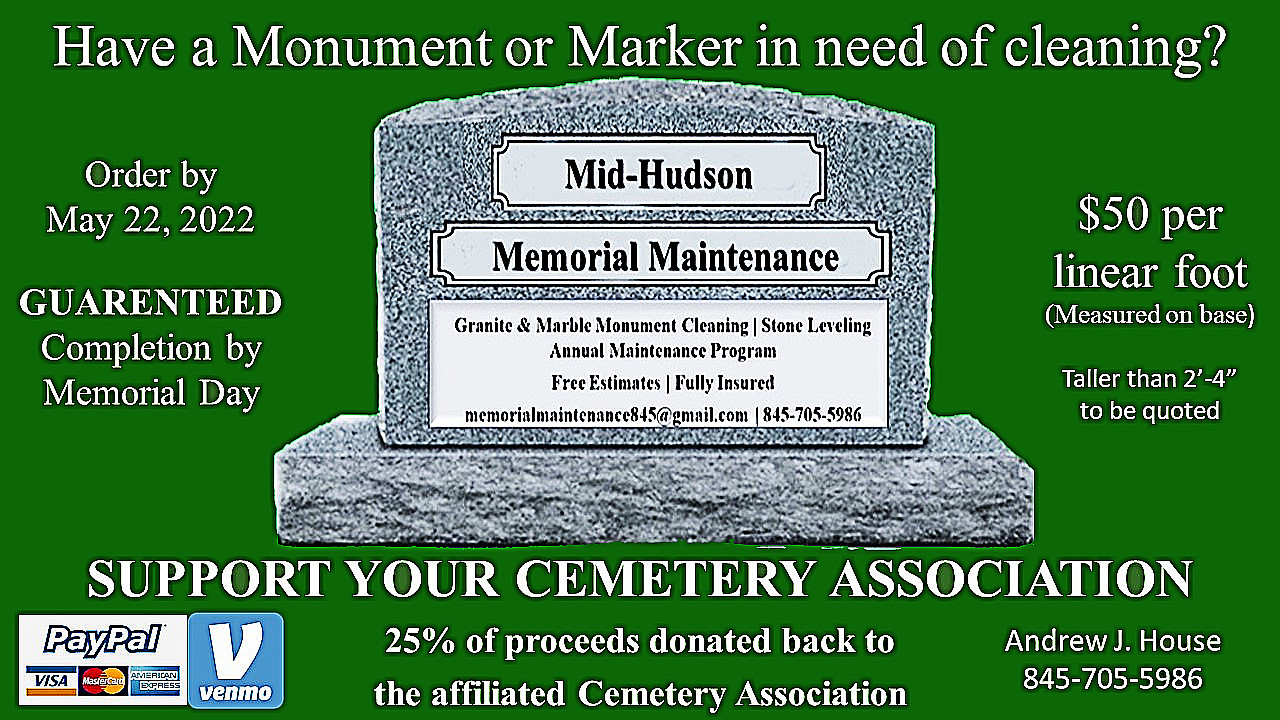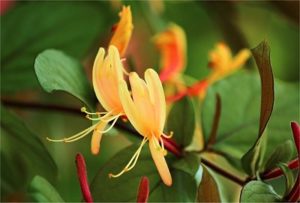Native Shrubs for Summer Bloom
Honeysuckle (Diervilla lonicera) is a native bush that blooms in June and July, bearing yellow flowers that are attractive to butterflies and hummingbirds.
By Thomas Christopher
Flowering shrubs are a stand-by of the mid-summer garden, filling it with blossoms even as the heat imposes a pause on the perennial border’s bloom. So many of the traditional favorites, however, are of foreign origin, bringing little benefit to our native wildlife and sometimes, as in the case of butterfly bush (Buddleia davidii) spreading seedlings outside the garden to invade adjacent natural areas.
Fortunately, for those who prefer to emphasize native plants in their gardens, there is a host of North American alternatives.
One of my favorites, and a good substitute for the butterfly bush, is the shrub known variously as the summersweet or sweet pepperbush, Clethra alnifolia. Hardy to zone 3, it reaches a height of 3-8 feet and a spread of 4-6 feet. It grows best in moist soils in partial shade, though it also tolerates clays and full sun or full shade. In July and August, it tops itself with spikes of sweet-scented white flowers that are irresistible to bees and butterflies. An especially good choice for a pond or streambank, or arain garden. The cultivar ‘Hummingbird’ is more compact than the species type, reaching a height of only 3-4 feet.
Another native alternative is the bush honeysuckle (Diervilla lonicera) which blooms in June and July, bearing yellow flowers that are attractive to butterflies and hummingbirds. Thriving on ordinary, well-drained soils, this deciduous shrub reaches aheight of 2-3 feet with a spread of 2-4 feet. It, too, is hardy to zone 3.
A native that blooms all summer long is the shrubby cinquefoil (Potentilla fruticosa). A relative of the roses, shrubby cinquefoil makes a mound of delicate, five-fingered foliage and five-petaled, yellow flowers 1.5 inches in diameter that reaches aheight of 2-4 feet with a spread of 3-5 feet. As a bonus, it is resistant to deer and rabbits; hardy to zone 3.
Bottlebrush buckeye (Aesculus parviflora) makes a large, dense bush as much as 8-12 feet high and 8-15 feet across. Best in partial to full shade, it is easily grown in average, well-drained soils. This shrub bears bold and handsome, 5-7-fingered leaves and, from June to July, cylindrical spikes of white flowers up to 12 inches long. Hardy to zone 4, the bottlebrush buckeye is another butterfly magnet and is resistant to deer and rabbits. Handsome as a specimen in the middle of a lawn, it also works well when massed in a woodland area or woodland edge.
A pair of native spiraeas flourish in moist soils but will also thrive in garden settings if well irrigated. These are meadowsweet (Spiraea alba) and steeplebush (Spiraea tomentosa). Both are hardy to zone 3. Meadowsweet attains a mature height and spread of 3-4 feet and prefers full sun to partial shade; the steeple bush is more spreading, reaching a height of 2-4 feet with a spread of 3-5 feet. Meadowsweet, as its botanical name suggests, bears white flowers in three to four-inch, cone-shaped clusters; the steeplebush bears pink to rose-purple flowers in steeple-shaped spikes as much as 8 inches long. Both attract butterflies and are resistant to deer-browsing.
Kalm’s St. John’s wort (Hypericum kalmianum) is an awkward mouthful of a name for a useful, unfussy bush. Making a dense mound two to three-feet high and broad, it is evergreen with bluish-green leaves. Its flowers are golden yellow with a tuft of threadlike stamens at the center of each, and they are borne in small clusters from July through August. Adaptable to full sun or partial shade and any average, well-drained garden soil, it is hardy to zone 4 and makes a good low hedge or punctuation for aflower border or rock garden.
Personally, I would never disdain the charms of hydrangeas, roses, caryopteris and other summer-blooming exotics. But in my own yard, tucked back into an expanse of relatively unspoiled woods, I am emphasizing natives for their wildlife value. This being the case, I am pleased that there are so many native shrubs to fill out that season.
Thomas Christopher is the co-author of “Garden Revolution” (Timber Press, 2016) and is a volunteer at Berkshire Botanical Garden. berkshirebotanical.org
Be-a-Better-Gardener is a community service of Berkshire Botanical Garden, one of the nation’s oldest botanical gardens in Stockbridge, MA. Its mission to provide knowledge of gardening and the environment through 25 display gardens and a diverse range of classes informs and inspires thousands of students and visitors on horticultural topics every year. Thomas Christopher is the co-author of Garden Revolution (Timber press, 2016) and is a volunteer at Berkshire Botanical Garden. berkshirebotanical.org.




